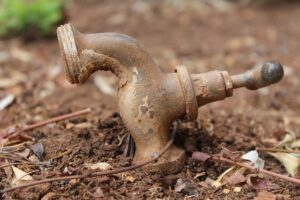Faucets, vital household components, require regular maintenance and repair to address common issues like leaks (often caused by worn O-rings or cartridge failures) and clogs. Right tools, including adjustable wrenches, pliers, and faucet disassembly kits, are essential for efficient DIY repairs. Effective strategies involve replacing washers/O-rings, cleaning aerators for mineral buildup, and troubleshooting faulty cartridges or handles. While minor issues can be resolved by homeowners, complex problems like valve damage necessitate professional intervention from licensed plumbers. Regular maintenance practices, such as monthly leak checks, tightening parts, and installing aerators, significantly extend faucet lifespans and promote cost-saving, eco-friendly water usage.
Need to fix that leaky or clogged faucet? This comprehensive guide covers all things related to emergency faucet repairs, from identifying common issues like leaks and clogs to mastering step-by-step fixes. Learn which tools and parts you’ll need, explore unclogging techniques for various types, and discover when it’s time to call a professional. By implementing preventative measures, you can extend the lifespan of your faucets and avoid costly plumbing emergencies. Get ready to tackle these repairs with confidence!
Understanding Common Faucet Issues: Leaks, Clogs, and More
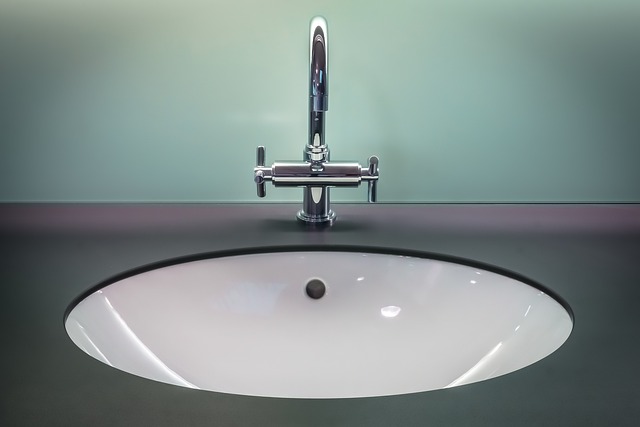
Faucets are an integral part of any home, and like any other plumbing fixture, they can develop issues over time. Understanding common faucet problems is the first step in addressing them efficiently. Leaks, for instance, are a frequent concern, often indicating worn-out O-rings or cartridge failures. A steady drip can quickly turn into a significant waste of water and escalate into more severe damage if not addressed promptly.
Clogging is another prevalent issue, particularly in kitchen faucets. Food debris, mineral buildup, or foreign objects can obstruct the water flow, leading to reduced pressure or complete stoppage. Regular cleaning and maintenance can prevent these clogs, but when they occur, a knowledgeable hand may be required to dislodge the obstruction without causing further damage, emphasizing the importance of faucet repair as a crucial home maintenance task.
Tools and Equipment Required for Faucet Repairs
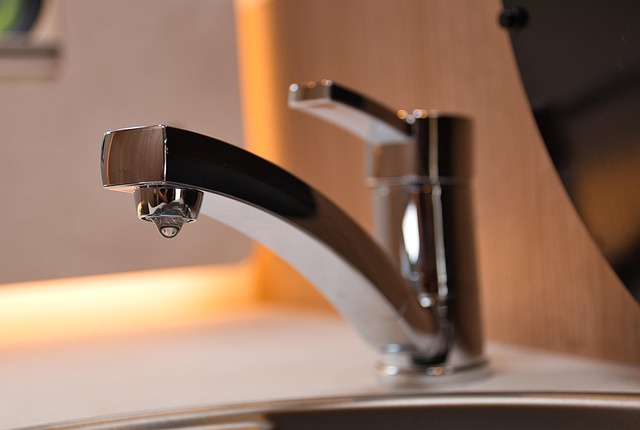
When tackling faucet repairs, having the right tools is essential for a successful and efficient job. Basic plumbing tools are all that’s needed to fix most common issues with faucets. This includes adjustable wrenches, pliers, and slip-joint pliers, which are used to tighten or loosen various parts of the faucet. For more complex repairs involving cartridge replacements, you might need specialized tools like a faucet disassembly kit, which includes the necessary tools for taking apart and reassembling the internal components without damaging them.
Additionally, having a bucket, some rags, and a plumber’s putty on hand is beneficial. The bucket and rags help in catching any water that may spill during the repair process, while the plumber’s putty is crucial for sealing connections once the repairs are complete, ensuring no leaks occur.
Step-by-Step Guide to Fixing a Leaking Faucet

Fixing a leaking faucet is an easy do-it-yourself project that can save you money and water. Here’s a step-by-step guide to tackling this common plumbing issue. First, gather your tools: adjustable wrenches or pliers, replacement washers or O-rings (check your faucet’s specific parts), and new sealing tape if needed. Turn off the water supply to prevent leaks while you work. Typically, a valve under the sink or behind the faucet controls the water flow. Rotate the handle to close it tightly. Then, disassemble the faucet by unscrewing the handle and any visible nuts or bolts. Remove the old washers and O-rings; inspect them for damage or wear. Replace them with new ones, ensuring proper fitting. Reassemble the faucet, tightening all parts securely but without over-tightening. Finally, turn on the water supply and test the repair by turning on the faucet to check for leaks. If it’s still leaking, double-check your connections and parts for any loose or damaged items.
Unclogging Techniques for Different Faucet Types

When it comes to unclogging faucets, different types require distinct techniques. For modern faucet designs with aerators, a common issue is mineral buildup and debris clogging the aerator. In such cases, removing the aerator and cleaning its mesh filter or replacing it entirely is often the most effective unclogging method. This simple faucet repair can restore water flow seamlessly.
For older faucets or those with more intricate designs, a stuck or damaged washer or cartridge might be the culprit. Identifying the specific problem requires some detective work. Visual inspection can reveal damage, while trying to turn the faucet (even if it’s stuck) may provide clues about which internal component needs attention. Repairing or replacing these parts is crucial for restoring proper water flow and preventing future clogs in faucet repair efforts.
Replacing Faucet Parts: Cartridges, Handles, and Aerators

When it comes to faucet repair, one of the most common tasks is replacing faulty parts. Cartridges are a key component that controls the water flow and temperature, so if your faucet is leaking or not turning on, this could be the culprit. Replacing them is usually a straightforward process that many homeowners can handle themselves with just a few simple tools.
Handles and aerators are also easily replaceable parts. The handle allows you to control the water, while the aerator mixes air with water to create a smoother flow. If these parts are worn out or damaged, they can affect the overall performance and efficiency of your faucet. With some basic knowledge of Faucet Repair, you can quickly swap them out, improving the functionality of your fixture.
When to Call a Plumber: Complex Repairs and Maintenance
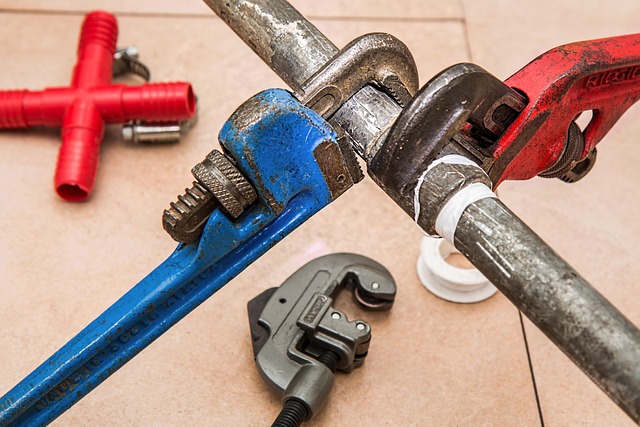
If you’re facing a leaky faucet or a broken one, it might be tempting to attempt a DIY repair. However, when does it make sense to call in a professional plumber? Complex repairs often require specialized tools and knowledge that only a licensed plumber possesses. For instance, if your issue involves faulty valves, mineral buildup, or damage to the pipes beneath the sink, it’s best left to an expert.
Regular maintenance, like checking for leaks, cleaning aerators, and inspecting valves, is something homeowners can handle. But when repairs become recurring issues or involve intricate parts, it’s a sign that professional faucet repair services might be necessary. A plumber can provide long-lasting solutions, ensure proper drainage systems, and prevent further damage to your plumbing.
Preventative Measures: Extending the Lifespan of Your Faucet
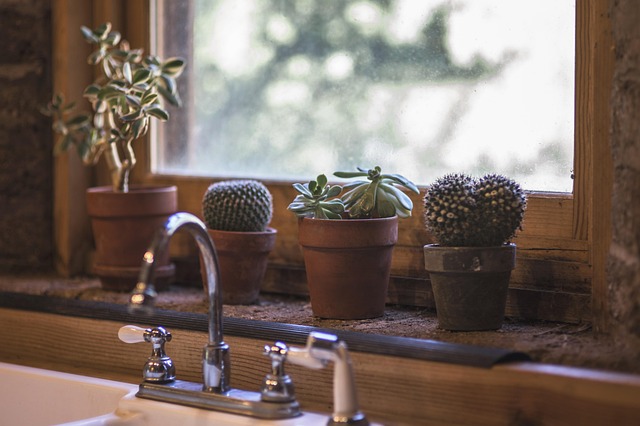
Regular maintenance and a few simple preventative measures can significantly extend the lifespan of your faucet, saving you from costly repairs or frequent replacement. Start by checking for leaks on a monthly basis, as even tiny drips over time can lead to substantial water waste and higher bills. Tighten any loose parts or use pipe compound to create a secure seal around fittings. Additionally, keeping an eye on the faucet’s components can help identify issues early on. For example, inspect the washer and O-ring for wear and tear; these parts are common culprits in leaks.
Lubrication is another key strategy. Apply a small amount of food-safe lubricant to the shutoff valves under the sink to ensure smooth operation and prevent the valve seats from wearing out. Finally, consider using aerators on your faucets, which mix air with water to maintain pressure while reducing flow rates, thus conserving water without compromising performance—a simple fix that offers both cost and environmental savings in the long run.
